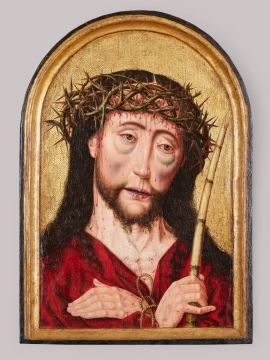Type:
Painting
Material / technique:
Oil on wood
Dimensions:
48 x 33,2 cm
Type of acquisition:
Bequest of Father Ghislain De Jaeger
Year of acquisition:
2021
Depository institution:
Groeningemuseum, Bruges
